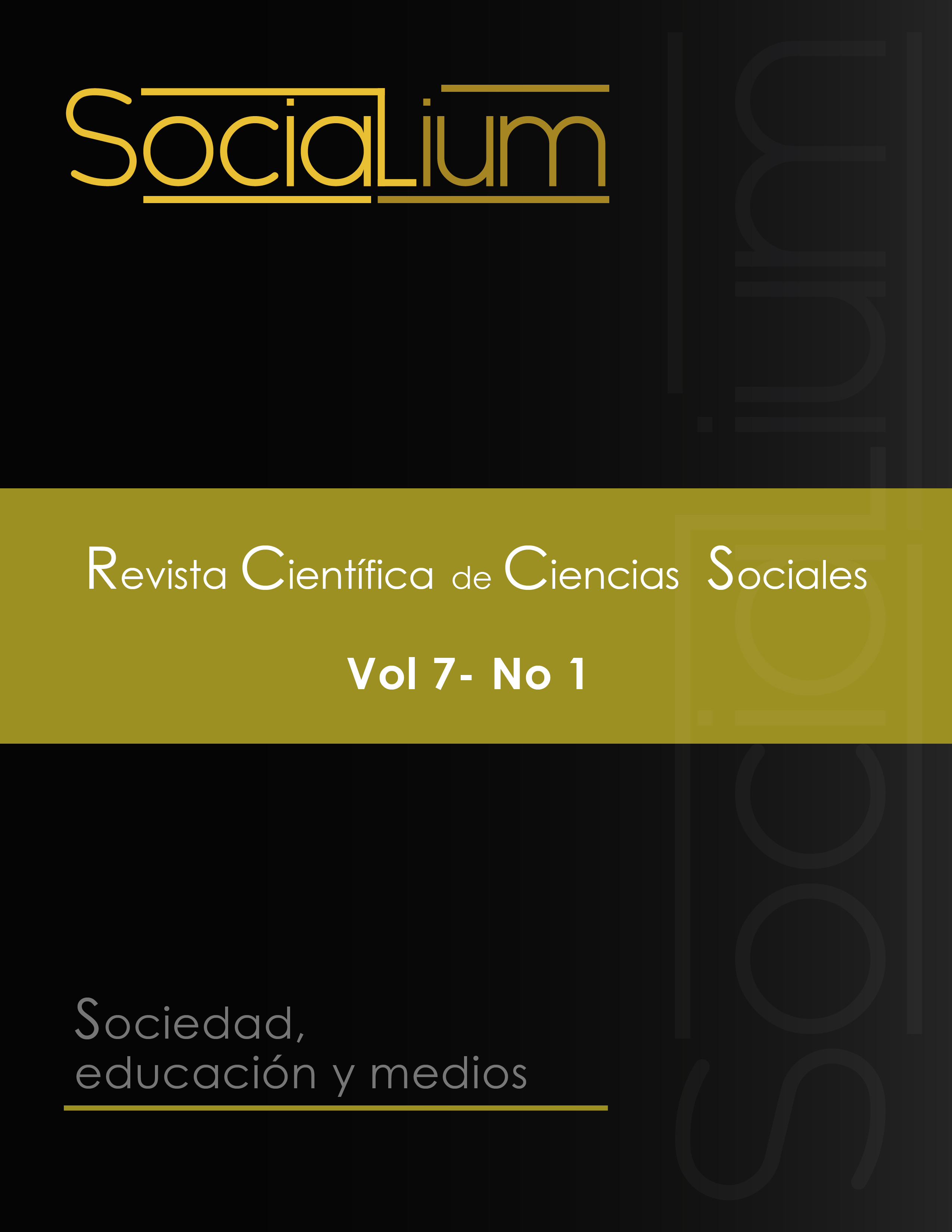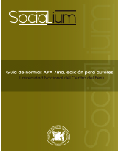Internal organizational communication: Contextual differences in the studies conducted.
DOI:
https://doi.org/10.26490/uncp.sl.2023.7.1.1725Keywords:
internal communication, organizations;, Estados Unidos, Europa, América LatinaAbstract
The objective of the study was to identify the differences between studies conducted on internal organizational communication in the European, American and Latin American contexts; the literature review research analyzed 17 scientific articles published in high-impact databases. As a result, it was found that internal organizational communication is studied from a multidisciplinary approach, and the main approach used by Europe and the United States is the interpretative one, through the Symmetric Theory, which allows relating the concept of internal communication with new study variables. In conclusion, it was identified that the differences between the studies carried out on internal organizational communication in the European, American and Latin American contexts are mainly in the theoretical approach, with the interpretative paradigm predominating in the United States and Europe, while in Latin America the study is based on the functionalist paradigm. On the other hand, in the unit of analysis, research in the U.S. and European context integrates several organizations in the same investigation, in contrast to the Latin American context, in which the individual and isolated study of an organization predominates.
References
Antón, A. D. P., & García, S. L. (2019). Comunicación interna en organizaciones agrarias administradoras de agua, Perú. Revista Venezolana de Gerencia, 2, 557-572. https://www.redalyc.org/articulo.oa?id=29063446031.
Castanha, E. T., Beuren, I. M., & Gasparetto, V. (2020). Influence of internal communication and engagement on the performance of public service tasks. Revista Internacional De Relaciones Publicas, 10(20), 179–200. https://doi.org/10.5783/RIRP-20-2020-10-179-200.
Chiavenato, I. (2009). Introducción a la teoría general de la administración. McGraw Hill.
Fernández, C. (2009). La comunicación en las Organizaciones. Trillas.
Grunig, J. E. (1976). Organizations and public relations: Testing a communication theory. Journalism Monographs, 46, 1-59.
Ihm, J., & Kim, E. M. (2021). When Nonprofit Organizations Meet Information and Communication Technologies: How Organizational Culture Influences the Use of Traditional, Digital, and Sharing Media. Voluntas, 32(3), 678–694. https://doi.org/10.1007/s11266-021-00335-9.
Lee, Y. (2022). Dynamics of millennial employees’ communicative behaviors in the workplace: the role of inclusive leadership and symmetrical organizational communication. Personnel Review, 51(6), 1629-1650. https://doi.org/10.1108/PR-09-2020-0676.
Lee, Y. (2022). Dynamics of Symmetrical Communication Within Organizations: The Impacts of Channel Usage of CEO, Managers, and Peers. International Journal of Business Communication, 59(1), 3-21. https://doi.org/10.1177/2329488418803661.
Marchiori, M. (2011). Comunicación interna: una visión más amplia en el contexto de las organizaciones. Ciencias de la Información, 42(2), 49-54. https://www.redalyc.org/articulo.oa?id=181422294008.
Men, L. R., & Yue, C. A. (2019). Creating a positive emotional culture: Effect of internal communication and impact on employee supportive behaviors. Public Relations Review, 45(3). https://doi.org/10.1016/j.pubrev.2019.03.001.
Men, L. R., Chen, Z. F., & Ji, Y. G. (2021). Cultivating Relationships with Startup Employees: The Role of Entrepreneurs’ Leadership Communication. Management Communication Quarterly, 35(4), 518–545. https://doi.org/10.1177/08933189211017918.
Navarro, G. T., Arevalo, J. G., & Suárez, S. A. (2017). Organizational climate: An analysis in financial entities. Espacios, 38(44). https://www.revistaespacios.com/a17v38n44/17384413.html.
Papic, K. (2019). Types of internal organizational communication in municipal educational facilities in Chile. Cuadernos de Investigación Educativa, 10 (1), 63–83. https://doi.org/10.18861/cied.2019.10.1.2881.
Promphet, P. (2020). Internal communications management: A case study of krung thai bank public company limited head office and branches in three southern border provinces of thailand. Humanities, Arts and Social Sciences Studies, 20(2), 541–559. https://doi.org/10.14456/hasss.2020.20.
Qin, Y. F. S., & Men, L. J. R. (2021). Why does listening matter inside the organization? The impact of internal listening on employee organization relationships. JOURNAL OF PUBLIC RELATIONS RESEARCH, 33(5), 365–386. https://doi.org/10.1080/1062726X.2022.2034631.
Rodríguez, K. P., & Lechuga, J. I. (2019). Desempeño laboral de los docentes de la Institución Universitaria ITSA. Revista Escuela de Administración de Negocios, 87, 79–101. https://doi.org/10.21158/01208160.n87.2019.2452.
Soloaga, P. D. (2020). The triple dimension of organizational culture: A study applied to Spanish fashion companies. Prisma Social, 29, 58–79. https://doi.org/10.3145/epi.2019.sep.06.
Tkalac, A. (2021). The impact of employee engagement, organisational support and employer branding on internal communication satisfaction. Public Relations Review, 47(1). https://doi.org/10.1016/j.pubrev.2021.102009.
Tkalac, A., Sinčić, D., & Pološki, N. (2021). Measuring internal communication satisfaction: validating the internal communication satisfaction questionnaire. Corporate Communications: An International Journal, 26(3), 589–604. https://doi.org/10.1108/CCIJ-01-2021-0006.
Wolf, C., Godulla, A., Beck, L., & Neubert, L. S. (2022). The Role of Internal Communication in Start-ups: State of Research and Practical Approaches. International Journal of Strategic Communication, 16(2), 255–272. https://doi.org/10.1080/1553118X.2021.2023544
Verheyden, M. (2017). Social media and the promise of excellence in internal communication. JOURNAL OF ORGANIZATIONAL ETHNOGRAPHY, 6(1), 11–25. https://doi.org/10.1108/JOE-09-2016-0020.
Yue, C. A., Men, L. R., & Ferguson, M. A. (2021). Examining the Effects of Internal Communication and Emotional Culture on Employees’ Organizational Identification. INTERNATIONAL JOURNAL OF BUSINESS COMMUNICATION, 58(2), 169–195. https://doi.org/10.1177/2329488420914066
Downloads
Published
Issue
Section
License
Copyright (c) 2023 Yaneth Barzola Prado

This work is licensed under a Creative Commons Attribution 4.0 International License.








.jpg)















